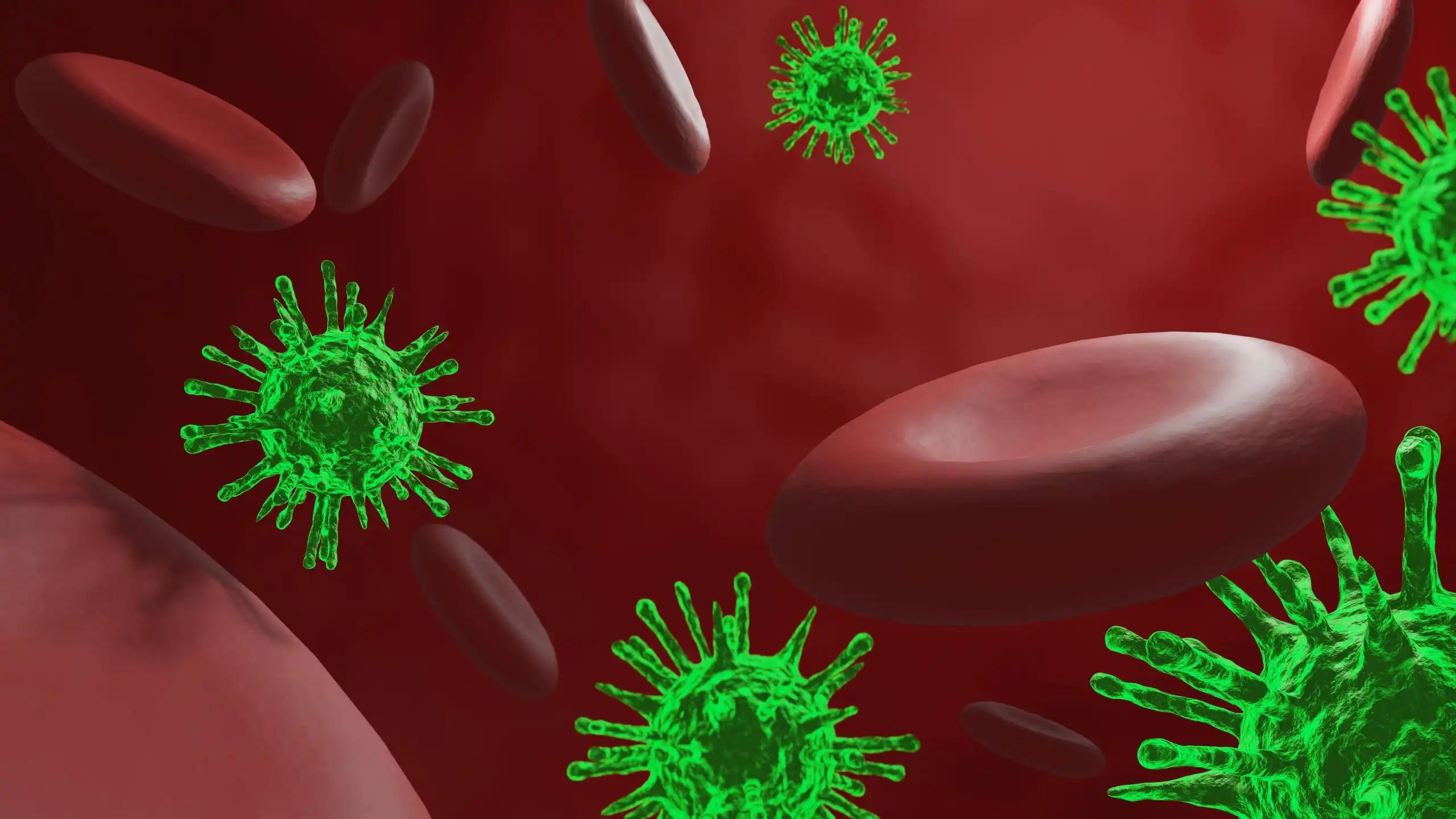KEY TAKEAWAYS
- The EV-302 phase 3 study assessed EV+P vs. chemo for la/mUC patients who have not received prior treatment.
- The study’s primary endpoints were PFS and OS, and secondary objectives were ORR and safety.
- EV+P outperformed traditional chemotherapy in prolonging PFS and OS for newly diagnosed la/mUC patients.
The standard treatment for locally advanced metastatic urothelial carcinoma (la/mUC) has been platinum-based chemotherapy, but it has not been very effective in the long run. The EV-302 study is a global phase 3 clinical trial that tested enfortumab vedotin in combination with pembrolizumab (EV+P) against traditional chemotherapy for la/mUC patients (pts) who have not received prior treatment.
The study randomly assigned pts with previously untreated la/mUC, irrespective of their PD-L1 status, to one of two groups: one receiving cycles of EV and P intravenously and the other receiving standard chemotherapy involving cisplatin or carboplatin. The study’s main goals were to measure progression-free survival (PFS) and overall survival (OS), among other secondary objectives like overall response rate (ORR) and safety.
In the study, 886 pts were evenly divided between the EV+P and chemotherapy treatment groups, with 442 in each. Patient characteristics were uniformly distributed between the two arms. The median duration of follow-up at the time of data analysis was 17.2 months. The treatment with EV+P led to a notable 55% reduction in the risk of disease progression or death, with a median PFS of 12.5 months compared to 6.3 months in the chemotherapy group. The hazard ratio (HR) was 0.45, with a 95% confidence interval between 0.38 and 0.54 and a p-value of less than 0.00001. Regarding OS, EV+P also showed a significant advantage by lowering the risk of death by 53%, with a median OS of 31.5 months as opposed to 16.1 months for chemotherapy.
The confirmed ORR was significantly higher in the EV+P arm at 67.7%, compared to 44.4% in the chemotherapy arm, with a p-value of less than 0.00001. The study reported grade ≥3 treatment-related adverse events (TRAEs) in 55.9% of pts on EV+P and 69.5% of those on chemo. For the EV+P group, the most frequent were maculopapular rash (7.7%), hyperglycemia (5.0%), and neutropenia (4.8%). In the chemotherapy group, anemia (31.4%), neutropenia (30.0%), and thrombocytopenia (19.4%) were most commonly reported. Noteworthy adverse events of grade 3 or higher specific to EV included skin reactions (15.5%), peripheral neuropathy (6.8%), and hyperglycemia (6.1%). For P, severe skin reactions were most common, occurring in 11.8% of cases.
The combination of EV and P shows a marked improvement in both PFS and OS vs chemo for pts with newly diagnosed la/mUC. This makes EV+P a promising new standard of care for these pts, with a generally manageable safety profile.
Source: https://cslide.ctimeetingtech.com/esmo2023/attendee/confcal/show/session/112
Clinical Trial: https://classic.clinicaltrials.gov/ct2/show/NCT04223856
Powles, T.B. EV-302/KEYNOTE-A39: Open-label, randomized phase III study of enfortumab vedotin in combination with pembrolizumab (EV+P) vs chemotherapy (Chemo) in previously untreated locally advanced metastatic urothelial carcinoma (la/mUC).



